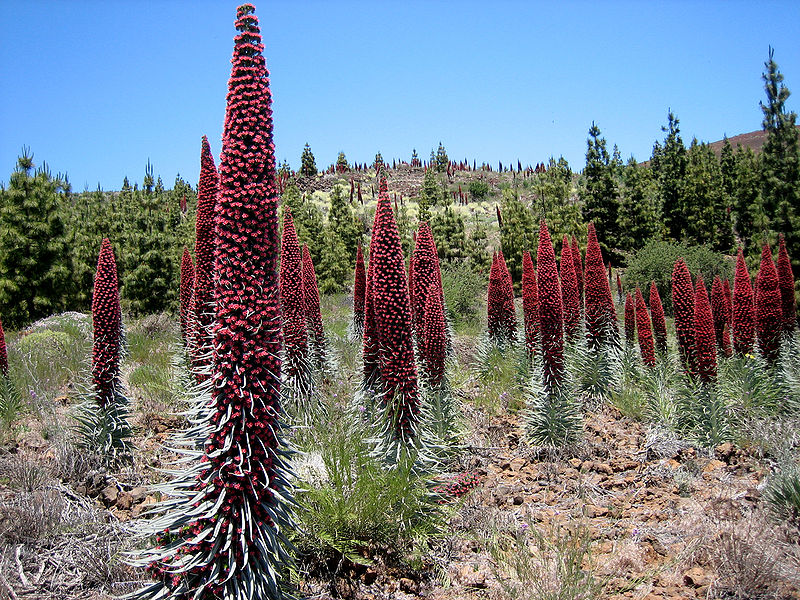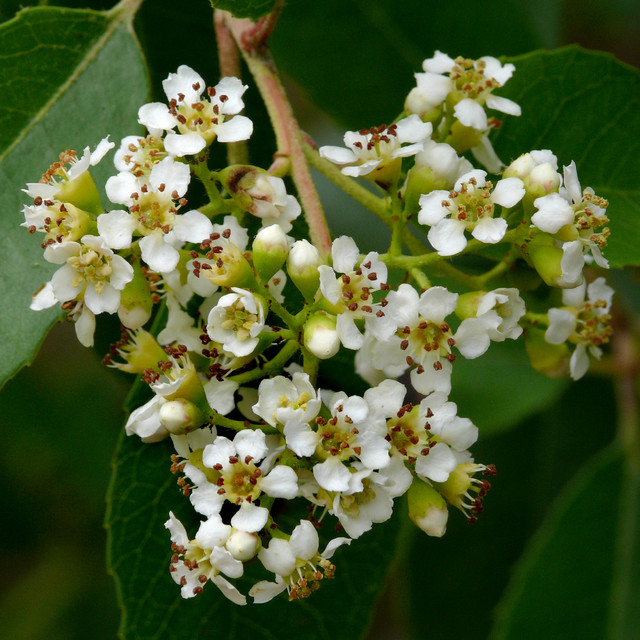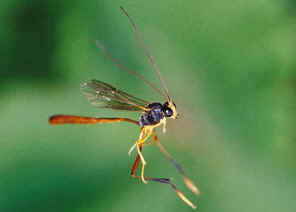There are many small wild animals and birds in the back country of Southern California Property Owners that live
and actually thrive on/in the dander or mulch under the bushes and trees. Many Southern California native birds live off the a great variety of the native living in the dander or mulch underneath trees and shrubs. Many of these are hard to find in the cities or other outer border areas of the Urban bedroom districts. They prefer a wilder setting and are therefore shy. But back country folks should encourage them with the correct native plants in the landscape. No doubt most of you in So-Cal have seen many of these. One that I've seen everywhere is the common California Towhee. Here's what this bird looks and sounds like:
 |
| Image Tringa.org - Riverside Co (2009) |
http://www.allaboutbirds.org/guide/california_towhee/sounds
They always reminded me of a fat little chubby bird that was a little too lax in it's lifestyle. Perhaps a little to trusting of other creatures around it. For this reason it is an easy little target for cats feral or domestic. We had an orange tiger striped Tabby cat like the one pictured below.
 |
| Image by kittentoob.com |
The Towhees were his favourite meal. We got the cat because we had mice issues up there in the mountains. The cat came from a litter of kittens whose mum was a good hunter. Needless to say we got rid of our mouse problem , but inherited an animal who was so proficient at capturing and killing birds and other creatures like lizards and Chipmonks that it was a sort of trade off. So consider that if you want to attract bird life, then a cat may be a slight hindrance. Again, the Towhees never seemed very bright, yet the cat's ability to continually catch them didn't seem to effect the numbers any.
 |
| California Quail - by Cornell Lab |
Quail were another one of those birds you need just for the sounds of the wildness of the backcountry. Cat could never get anywhere close to them as the big male patriarch of the clan was always on guard in a dead branch or some other high look out point and would call alarm the very instant he suspected danger or the cat in the vicinity.What I miss most about the Quail is their sound. Not really what you'd call a song, but more of a signature call unique to them. Below is a link to various Quail calls and their meanings. Enjoy!
California Thrasher was another interesting bird I loved to see in the spring. Mostly it's calls and beautiful singing reminded me a lot of the Mockingbird which was common in the cities around San Diego areas. Yet the bird looks nothing close to a Mockingbird with it's much larger brown body and large long curved bill used for probing the mulch under the shrubs.
 |
| California Thrasher Dept of Biology UCSSB |
And of course the beautiful sound of their melodies.
http://www.allaboutbirds.org/guide/California_Thrasher/id
And of course, though not ground mulch loving birds, I appreciated the Humming birds we could attract. All of these sounds together were beautiful music. Add to that the aromatic scents given of Cleveland Sage which is native to the southern California mountains, especially on a warm or hot day and the entire experience was a pleasant delight. Just some musings from the back of my memory. Lower image of hummingbird attracted to Cleveland Sage 'Pozo Blue' photo is taken by myself in 2014.
 |
| Photo is mine from 2014 |
Again, my main point here in this post was to attract ground loving birds that like to forage under shrubs and tree mulch for insects and small critters of all types. What made me think of them when I moved back to El Cajon was that when I planted my mum's yard before I left, the mulch was loaded with critters. so much so that the Chandler Strawberries I love to plant in native woodland landscapes where they can thrive since in nature they are found in just such an ecosystem, I had problems with Sowbugs and earwigs making tiny meals of my berries. What I remember as a kid at my parents house growing up is that we had very few of these things in large numbers, though they were around. The main reason they were kept in check was because we had lots of Bantay Chickens running around loose everywhere and they picked and scratched through the mulch and cleaned up all they could find. Sadly, many home owners can't have these within the city limits anymore and therefore if possible, attracting wildlife birds to the neighborhood that to love scratch and pick under the landscape can be a better and more fun alternative.
Now, while it's true that these ground loving birds here referenced live where I use to live, clearly there are other parts of the earth where these readers have observed specific species that love scratching through the mulch under trees and shrubs native to your area. By all means please encourage them. There are preventative measures for ridding of nasty pests or at the very least cutting down the numbers of pests you will face in your organic gardening or landscape project. Plus as an added bonus, their fun to watch and listen to. Please share with us here your own native ground bird stories.
Further Update here:
The Top 10 Best Birds for Your Garden
Find out how to attract these helpful birds—and why.
Bluebirds, Chickadees, Nuthatches, Native Sparrows, Nighthawks, Phoebes, Swallows, Vireos, Woodpeckers, Wrens
Enjoy!































